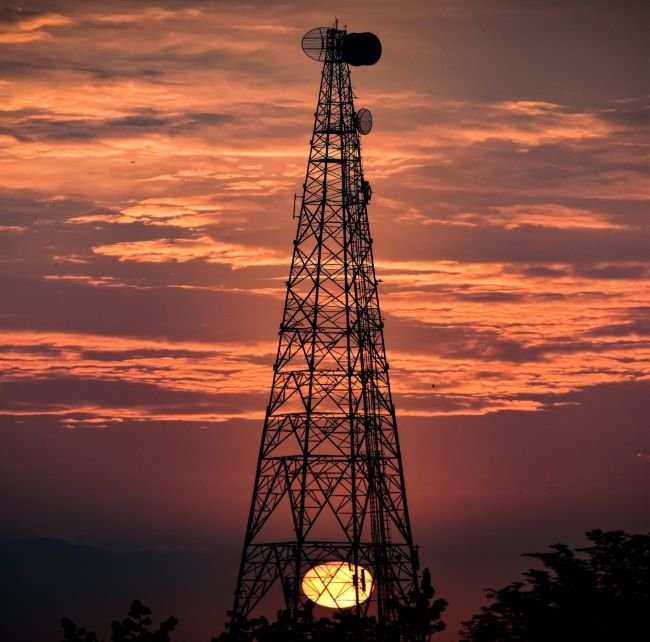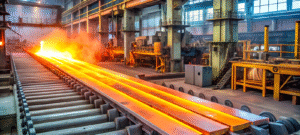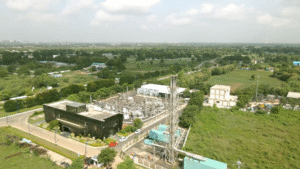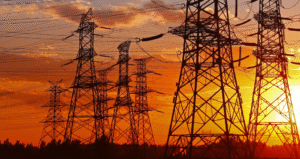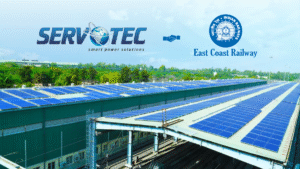Mobile towers have become an essential part of the mobile network, and their installation is a crucial factor in mobile coverage that can be the difference between people being able to call on a nationwide or local basis. Installing mobile towers is the only solution to ensuring a safe and continuous mobile phone network supply, and there is no better place and time than now.
These new markets will have to be challenged by the mobile networks wireless sector to the growth of cell services such as devices and applications, not to mention cellular data traffic, which will continue to rise quickly. An additional cell tower is often the answer to why you experience poor cell signal or dropped calls at all the wrong times. To sum up, we can conclude that introducing these telecommunication poles is the only reasonable progress in the industry.
Regulations for Mobile Tower Installation
The mobile tower installation is among the regulations that the Indian government has to pass to make sure public health, environmental safety, and structural integrity are guaranteed. The mobile towers of telecom operators can only be in a particular place. They must follow a proper procedure to do so.
The first thing to do is get a permit from the local municipal corporation or authorities. The applicants need to attach the designs, goals, and the tower’s location to their submission of the plans and their ecological impact. Telecom operators must improve the tower’s visibility, fully comply with the zone laws, and not affect any surrounding infrastructure.
The safety and security regulations for electromagnetic field (EMF) radiation are another critical condition. The reason is that these standards are designed to shield public health by the imperative of the mobile tower emitting only a small dose of radiation. The radiation levels are much lower in India than in the major parts of the world, and there are the most stringent regulations in this country. Before the installation is approved, operators must have data that show they meet these radiation levels. This is done thanks to the Department of Telecommunication (DoT).
In addition to these guidelines, there are restrictions on where towers can be installed. Towers cannot be set up in areas with high foot traffic, such as near schools, hospitals, and densely populated residential neighbourhoods, without obtaining special clearances. This is to reduce potential exposure to radiation for vulnerable groups like children and the elderly. Areas with cultural or environmental significance, such as heritage sites or protected ecological zones, are also restricted for tower installation.
Process of Mobile Tower Installation
The installation process of a mobile tower is methodical and requires thorough planning. The first step is site selection, where telecom operators identify locations based on coverage requirements and regulatory approvals. Engineers conduct a site survey to assess the terrain, environmental impact, and feasibility of the tower structure.
Once the telecom operator identifies a suitable site, an application is submitted to local authorities for approval. This application will include a detailed tower design and evidence demonstrating that the installation will not hurt the neighbourhood. Soon after the approval is given, the construction process starts, which includes digging the foundations, erection of the tower structure, and the installation of equipment like antennas and power supplies.
Post-construction, the tower undergoes a series of tests to ensure that all the devices are working properly and that the radiation levels are suitable. If the testing is successful, the tower is switched on and integrated into the telecom network, resulting from the /campaign to expand their coverage and /or provide better service quality.
Implications of Mobile Tower Installation
The installation of mobile towers has several implications for various stakeholders, including property owners, telecom companies, and the general public.
Leasing their land for tower installation can be a way of securing rental income for a property owner. The property owners’ main concerns might be the radiation effect on health and the potential decline in property value due to the tower. Owners must evaluate the possibility of the income provided versus the decline in selling prices before allowing the construction of the tower on their land.
Telecom companies must ensure the installation complies with all obligations and conditions imposed by the law and authorized bodies. They also must solve the dilemma of informing the public of the risks and exposure to radiation. In some cases, the installation of a communication tower can be personally delayed, or people could resist, so the process may be longer than expected. Some peope might be a stumbling block when they want their concerns addressed.
The general public often worries about mobile towers putting their health and the environment at risk. Although EMF radiation from mobile towers is generally safe when it stays below specified limits, a person\’s perception might be influenced by the spread of misinformation. In reaction, the Indian government has set forth measures intended to contain radiation to values considerably below those of hazardous levels to human beings. On top of this, telecom operators are mandated to keep an eye on radiation levels all the time just to make sure that everything is okay and that safety standards are being met.
Cause and effect are other things that must be taken into account. In this case, when mobile towers are installed, note the impacts that they might have on the local wildlife and ecosystems. However, environmental impact assessments must be conducted by operators before commencing the construction of towers so that the towers are situated in such a way as to avoid causing harm to natural habitats.
Conclusion
In 2025, mobile tower installation continues to play a vital role in supporting India’s growing telecommunications infrastructure. The rules and regulations surrounding tower installation are designed to safeguard public health, protect the environment, and ensure the process is carried out safely and efficiently.
Even if there are many effects on property owners, telecommunication businesses, and the public, the observance of these regulations secures the achievement of the advantages of mobile network development and diminishes the risks. Thus, public health will still be safeguarded as people can keep connecting by installing mobile towers.

